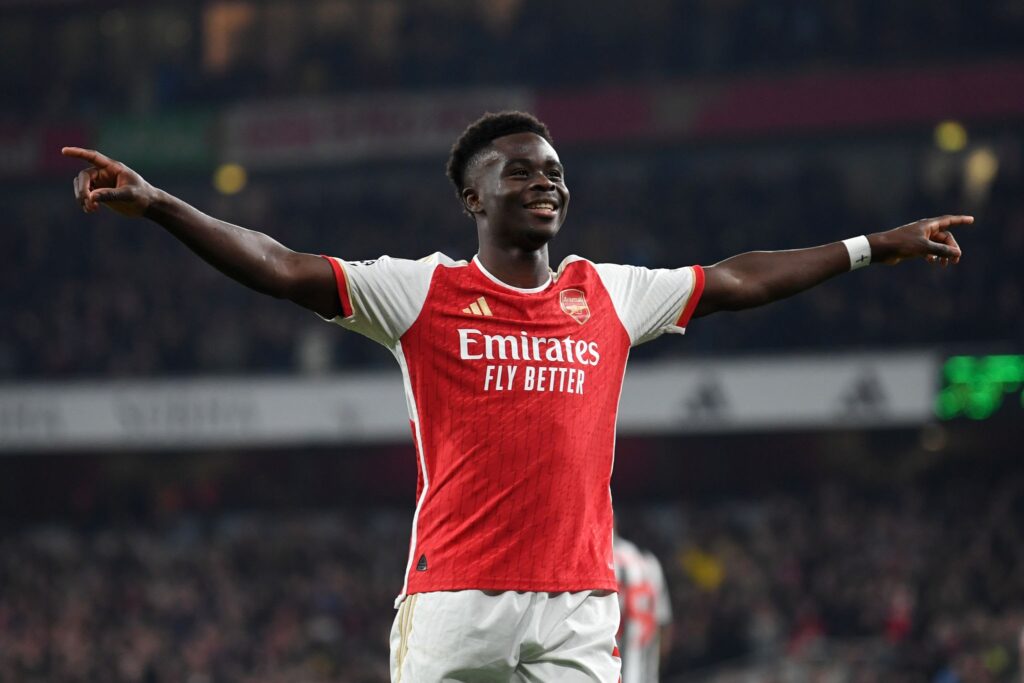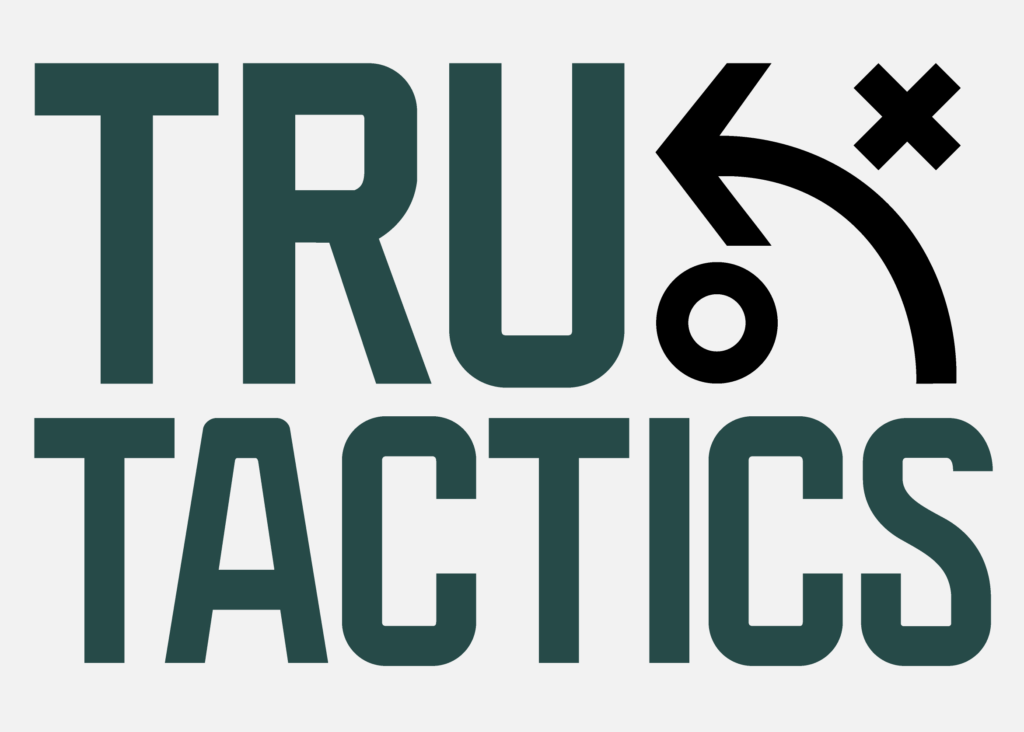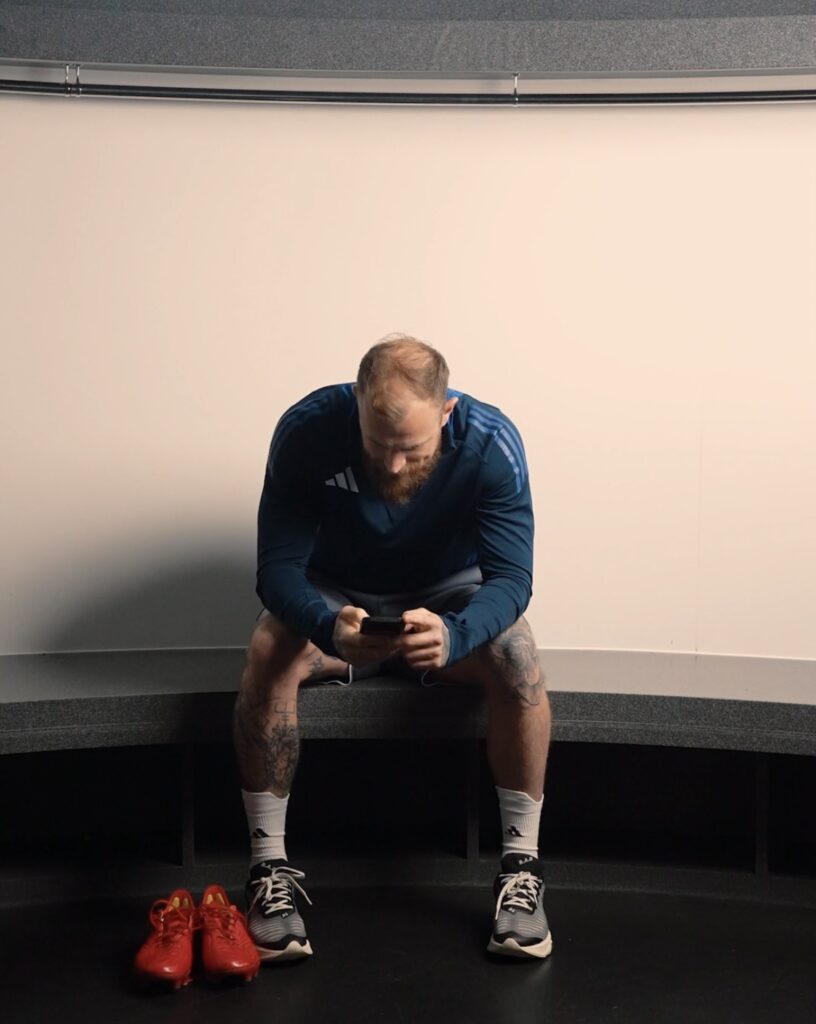Not too long ago, wingers were positioned high and wide on the field. They would cry out for the ball from their teammates to beat the fullback and deliver a quality cross into the box. They would have a defensive responsibility to get back and provide protection for their fullback; however, they rarely ventured outside the wide zones of the field. We reminisce over players such as Ryan Giggs, who would easily beat multiple players, or David Beckham, who would whip in a ball from a deep wide area right onto the toe of a striker (you can tell which English team I used to watch).
How times have changed…
The modern-day winger is much more than a player who can dribble past a man and put the ball into the box. They need to be able to recognise patterns of play both by their team and the opposing team. This allows them to find spaces they can attack and exploit, both in and out of possession.
Why the change in approach?
Football continues to evolve, and a new generation of coaches has worked out ways for the team to defend against a traditional winger. They achieved this by making their defensive structure more rigid, denying teams spaces in the wide zones to stop those long balls by players like Beckham, and containing players like Giggs by pressing effectively and aggressively, forcing them to play the ball back to their defence to retain possession.
So, coaches had to think about how to penetrate this new defensive strategy. The solution that many elite-level coaches adopted was to ensure their winger would move across the defensive line and drop into pockets of space between the opposition’s defending and midfield units. This creates a moment of confusion for the player marking the winger, who is unsure whether to stay with him or remain in position and hand them over to a teammate.
For the attacking team, this gives them two options;
- The winger, now moving in front of the defensive line, can get into possession and move towards goal, looking for a penetrating pass to a striker or get a shot off.
- The winger will pull the opposing fullback out of the defensive line, allowing a teammate to overlap or move into a space beyond the line.
Let’s take a look at how this is applied in matches

As shown in the image above, Saka is positioned within the half-space, aiming to get into possession to draw the Porto defender out to engage him. This creates space in the wide zone, which White recognises and sprints into this position to try and create a 2v1 positive overload. However, Porto reacted to this and moved five players into this area of the field to contain the threat.


Saka will drop into pockets of space becoming the third man, looking to receive the ball from Odegaard as he receives it from a forward pass. This gives him a perfect opportunity to play a penetrating pass, as he is already facing goal and has full view of all players in the final third. At this point, there is confusion between the Porto defender and midfielder giving Saka space to get into possession.
Creating minimum width
Another element of a modern winger’s movement is to create minimum width. Instead of staying wide on the sideline to create maximum width across the field, wingers are asked to do the opposite and move in the field into the half-space with the aim to penetrate the defensive line between the opposing LB and CB.


One manager who adopts this approach is Ange Postecoglou, who has built his wing play around the concept of minimum width and rotations through each of the units (something we will cover soon). He has taken this approach to every team he has been in charge of, and it has proven successful, as the winger is presented with more chances on goal. Plus, on most occasions, the defender does not visually check the winger’s movement and can be caught by surprise, as shown below.

Liel Abada attacks the space on the blind side of the Rangers’ LB Barisic, who is completely unaware of his movement, after an excellent delivery into this area on the opposite wing.

Postecoglou has successfully implemented this approach since his move from Glasgow to London, as Kulusevski executes the exact same movement as Abada, with the only difference being that he scored with his head.
In the matches you are watching, see if you can spot this approach during a team’s attacking phase of play.
I hope you found insightful.




